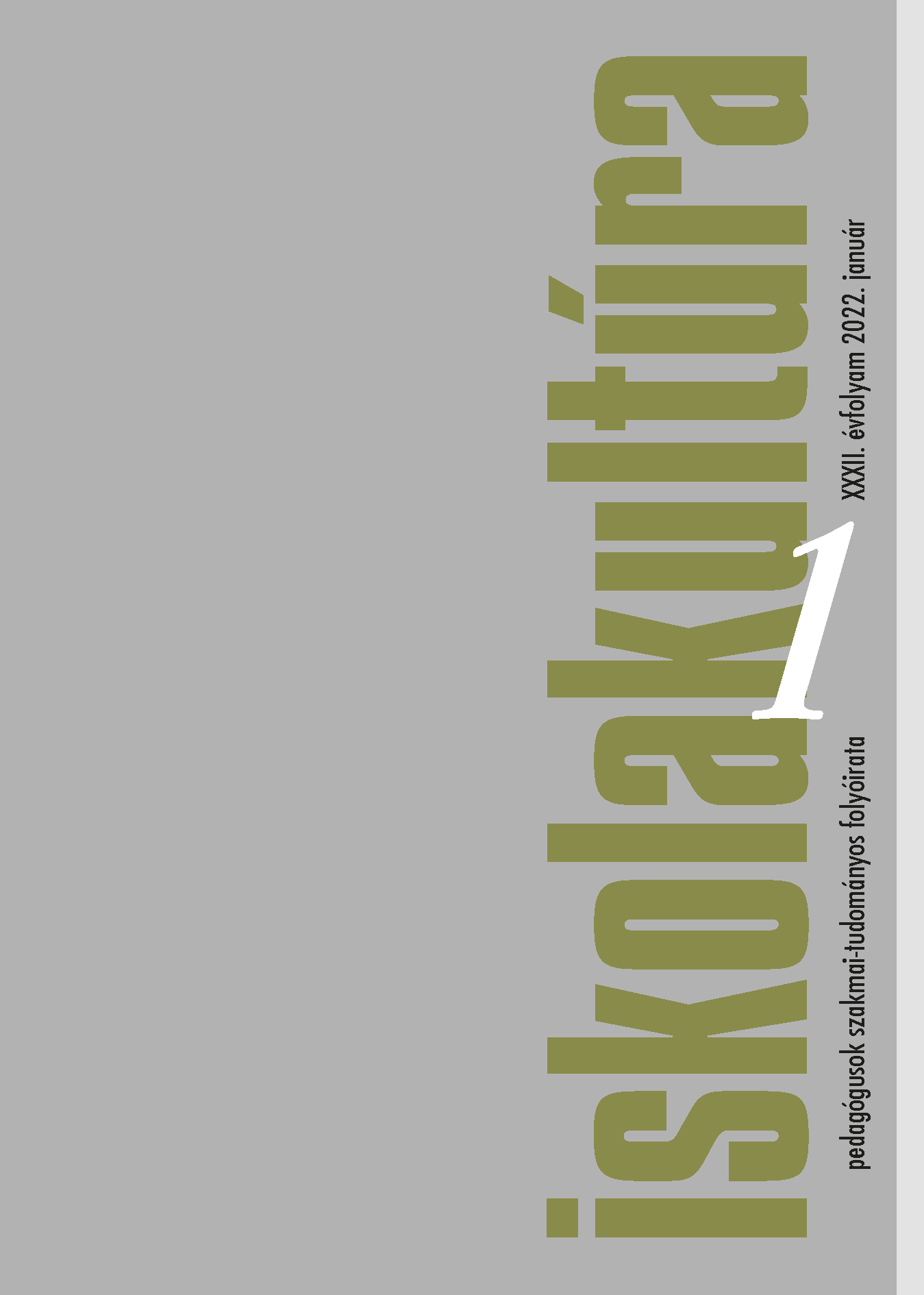The Japanese language teaching in Hungary
Main Article Content
Abstract
In this paper, it is investigated whether it would be necessary to make Japanese language more widely-spread in public education. The focus is on adding Japanese on the list of second L2s in schools. The reason for this proposition is the demand for learning Japanese language in two towns: Kecskemét and Szolnok. The reason might be that both of these towns have close Japanese connections. Hungarian literature served as base for the historical review of the issue. The study also used results from surveys conducted by the Japan Foundation, which were compared with data from recent years to draw a more accurate conclusion. Also the tables in the present work were created based on data acquired by the Japanese Foundation’s research for transparency. In addition, a survey was conducted to provide a more detailed picture about the need for opportunities to learn Japanese. Furthermore the possibly arising problems in public education and their possible solutions are discussed. In order to do that one book about foreign language teaching published in Hungary proved as guidance. Finally inferences and conclusions are presented in the summary.
Downloads
Article Details
References
Hidasi Judit. 1998. „Gondolatok a magyarországi japán nyelvoktatás ürügyén.” In MODERN NYELVOKTATÁS 4.2-3: 57–68.
Hidasi Judit. 2017. „Idegennyelv-oktatás politika és a japán nyelv oktatása Magyarországon 1990-2015” In: Wakai Seiji–Sági Attila (szerk.) Kortárs japanológia II.: Japánnyelv-pedagógia Magyarországon. Bp.: Károli Gáspár Református Egyetem; L'Harmattan Kiadó, 9–25.
Hidasi Judit–Vihar Judit. (szerk.) 2018. Egy magyar lelkű japán, Hani Kjóko. Bp.:Balassi Kiadó.
Juhász Borbála. 2003. „A japán nyelv oktatásának helyzete hazánkban” In: ISKOLAKULTÚRA: PEDAGÓGUSOK SZAKMAI-TUDOMÁNYOS FOLYÓIRATA 13.10: 13–20.
Kiss Sándorné–Horváth Krisztina. 2017. „A Magyarországi Japánnyelv-oktatók Társaságának tevékenysége” In: Wakai Seiji–Sági Attila (szerk.) Kortárs japanológia II.: Japánnyelv-pedagógia Magyarországon. Bp.: Károli Gáspár Református Egyetem; L'Harmattan Kiadó, 115-139.
Sato Noriko. 2017. „A magyarországi japánnyelv-oktatás tankönyvi szemszögből” In: Wakai Seiji–Sági Attila (szerk.) Kortárs japanológia II.: Japánnyelv-pedagógia Magyarországon. Bp.: Károli Gáspár Református Egyetem; L'Harmattan Kiadó, 58-101.
Székács Anna. 2017. „A japánnyelv-oktatás története Magyarországon” In: Wakai Seiji–Sági Attila (szerk.) Kortárs japanológia II.: Japánnyelv-pedagógia Magyarországon. Bp.: Károli Gáspár Református Egyetem; L'Harmattan Kiadó, 26-58.
Czikkely Zsuzsanna. 2018. Magyar-Japán kapcsolatok – egy testvérvárosi kapcsolaton keresztül. Diplomamunka. Budapest: ELTE.

